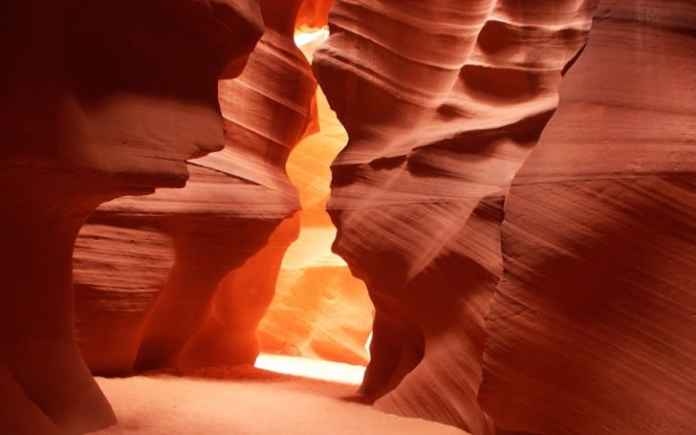Located on Navajo land near Page, Arizona it is the most watchable and picturesque slot ravine in American Southwest. Antelope Canyon is a folk sight for photographers and sightseers, and a root of tourism trade for the Navajo Nation.
The formation take place by erosion of Navajo Sandstone, mainly caused by flash flooding and due to other sub-atmospheric procedures. Water obtained from rain, during monsoon tide, runs into the large pool over the opening canyon parts, putting up speed and sand as it runs into the narrow aisles.
Antelope Canyon is separated in two different photogenic slot canyon parts, individually referred as Upper Antelope Canyon or The Crack and Lower Antelope Canyon or The Corkscrew.Photography is a tough job inside the canyon due to the wide exposure range (often 10 EV or more) made by light reflecting off the canyon walls.
It is chiseled into beautiful wavy curves and hollows that differ from one to three meters wide by up to 50 meters deep. Antelope Canyon bedrock has been elaborately engraved by the uncommon but frequently a violent flow of water. The sunlight filtering down from above produces innumerable soft colors and shadows. The effect is amazing and make Antelope Canyon a photographer’s wonderland.













